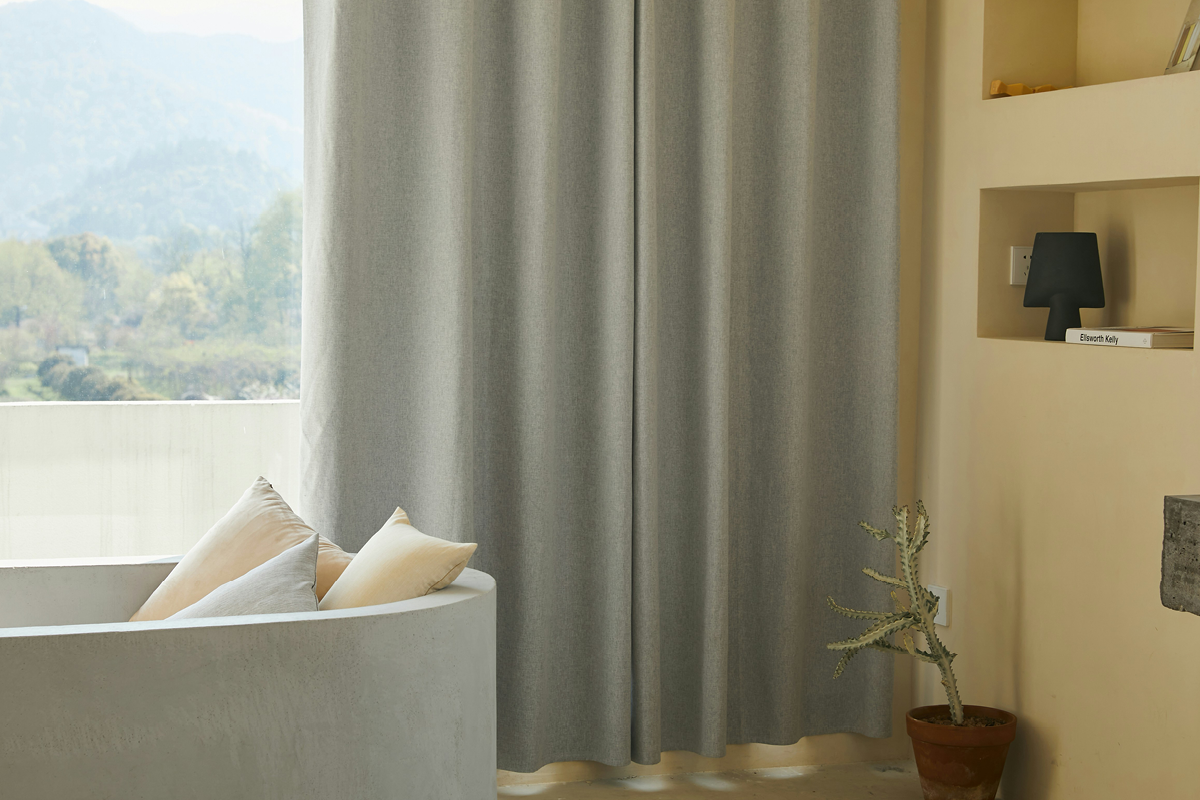PAINT HACKS TO MAKE YOUR HOME LOOK BIGGER
When you have a small home, it can be challenging to make the rooms look bigger without knocking down walls or extending the property. However, armed with the right knowledge and paint, you can transform the look of your house or flat.
Below, painting and decorating expert Pat Gilham at MyJobQuote.co.uk goes over some brilliant paint hacks to help make your home look bigger. Take a look at these tips below…
How to choose a colour
You may have a colour in mind for your rooms, drawing inspiration from the furniture, floor or artwork. But it’s more important to decide whether you are going to go for an all-light look or contrast with darker tones.
How do colours change the perception of space?
Light colours have the effect of receding away from the viewer. As a result, using whites, neutrals, and other light tones gives the impression of a wall or ceiling being further away than it actually is.
Medium shades can shrink a room, and dark, warm colours advance towards you, creating a more enclosed feeling.
These effects can help you decide where to use lighter and darker colours, depending on the shape of your room and the look you want to achieve.
For example, you may have a long, narrow room or one with a low ceiling. In the first instance, using a deeper shade on the two shorter walls and a lighter hue on the longer ones gives the impression of a larger, more square space.
For the second situation, painting the ceiling white and the walls a darker colour makes the room seem vertically larger.
Which colours are best to enlarge a room?
Classically, the favoured colours to make a room appear bigger are neutrals, light shades and various white tones. Having said that, some rich dark colours can have a type of bottomless effect where your eyes can’t actually focus on a definitive depth to the shade, thereby creating the impression of a larger room.
Do you always need to pick light colours?
No, you don’t always have to use light colours and can choose dark tones for the walls. However, this should be contrasted with light colours in other areas such as the furniture, bedding, décor, etc.
Colour drenching
A trending and brave approach to making your home look bigger is to colour drench. Because of how it works, it can also save you money as you’re only buying one colour of paint for all the surfaces in the room.
What is colour drenching?
Colour drenching is a technique where each of the surfaces in the room is painted the same colour. This means the walls, from top to bottom, the doors, any mouldings and often, the ceiling and floor as well.
How does it make a room look bigger?
Using this technique, you only have one colour and therefore your eyes are not distracted or drawn to any contrasts or boundaries where there is suddenly another colour. This offers a seamless impression with no harsh visual breaks, immediately giving the feeling of space to the room.
Semi-colour drenching is a compromise and leaves some surfaces, such as the ceiling, out of the chosen colour. Instead, the doors are painted along with the walls, creating an unbroken shade around the vertical surfaces.
Create an optical illusion
Just as choosing particular shades and colours of paint can create the impression of larger rooms, so too can using certain optical illusions.
Use stripes to create height or width
By incorporating stripes either horizontally or vertically, you can make a room appear wider or the ceiling seem higher. Our eyes are naturally drawn to the direction of the stripes, and this fools our brains into thinking that the space is bigger as a result.
So, for a room with a low ceiling, painting vertical stripes on the walls will draw the eye upwards and for narrow rooms, horizontal stripes will make the space seem wider.
Paint the ceiling a different colour
Another way of tricking your eyes is to paint the ceiling a different colour to the walls, typically a cool tone or an off white. This has the effect of drawing attention upward and making the ceiling seem higher. Or it serves to distract from the size of the room altogether by pulling focus away from the walls. Avoid stark white ceilings, as this often only accentuates the divide between the ceiling and walls.
Pick a darker colour for skirting boards
Having dark skirting boards and light coloured walls is an excellent way of creating a sense of height within a room. In reality, anything that is below the midpoint of our eyeline can be darker, and the rest lighter, in order to make the room seem larger.
Work with the natural light in your home
By making the best use of the natural light in the property, you can create a sense of space and openness. Pick a paint that has a high Light Reflective Value (LRV). This value represents the amount of light that is reflected from a surface when it is illuminated by either a natural or artificial light source. A high LRV will help to make a small room seem bigger.
If you position mirrors where they will bounce the natural light around the room, you effectively double its effect. Mirrors also trick the eyes into perceiving more space. Try to keep bushes, trees and foliage trimmed around the windows so they don’t block or reduce the amount of light coming in.
Harmonise the wall colour with your furniture
A good way of making a small room seem bigger is to harmonise the colour on the walls with the colour of your furniture. Using different tones of the same colour as your furniture can blend the room together. This will make the space seem bigger as the eye is not distracted by strong contrasts and dividing lines.
This tone-on-tone approach uses the same colour throughout the room but in varying shades and tints. So, you can go from very light to darker tones. By staying within the same family of colour, you create a harmonious and visually pleasing space that feels expansive.
MORE ABOUT THE AUTHOR… PAT GILHAM: Pat Gilham has worked as a self-employed painter and decorator for over 20 years and specialises in domestic home decorating projects. He has also worked closely with MyJobQuote over the past 4 years to provide expert commentary and insights, and has been published in a range of leading industry publications and news outlets.














